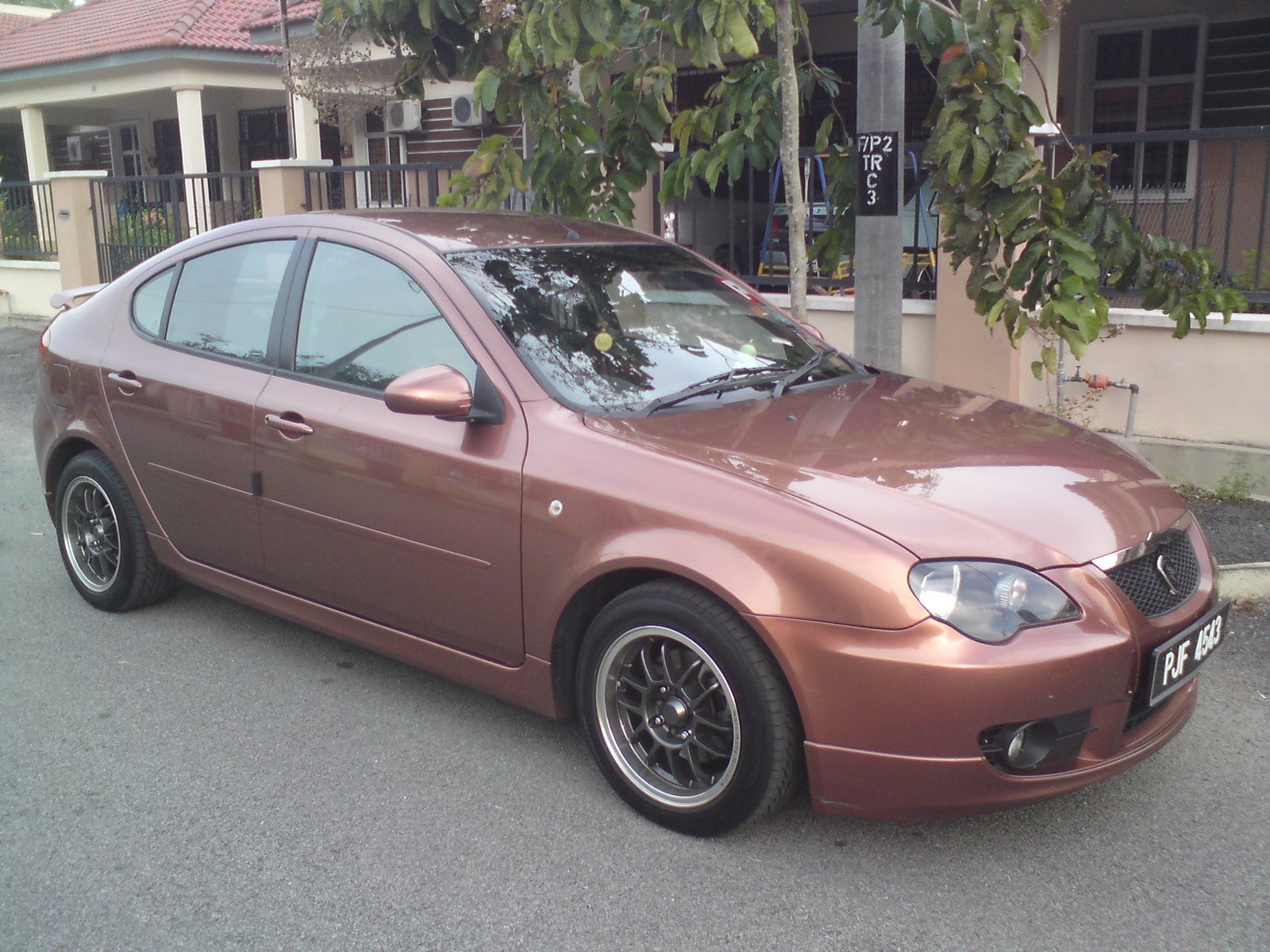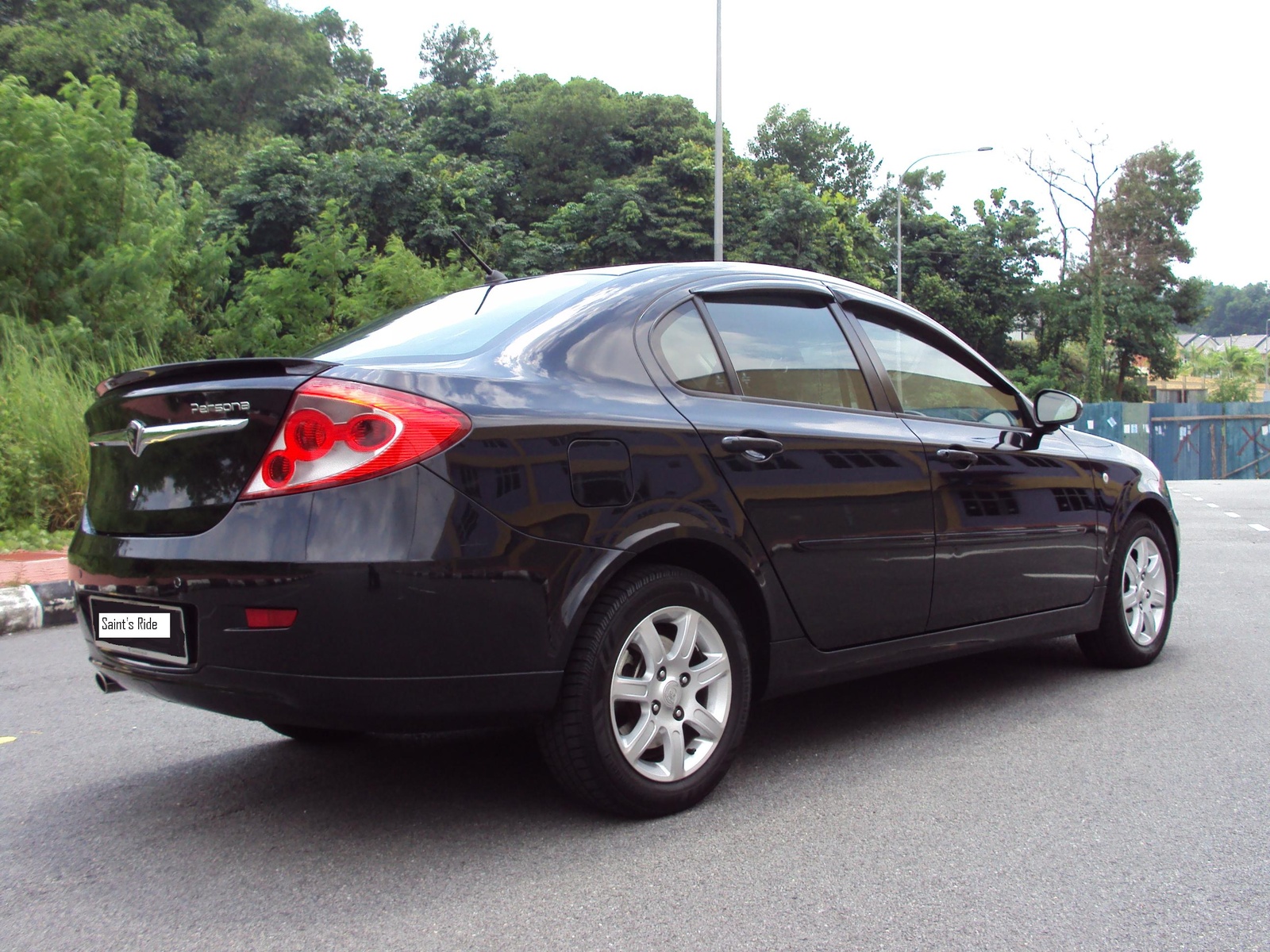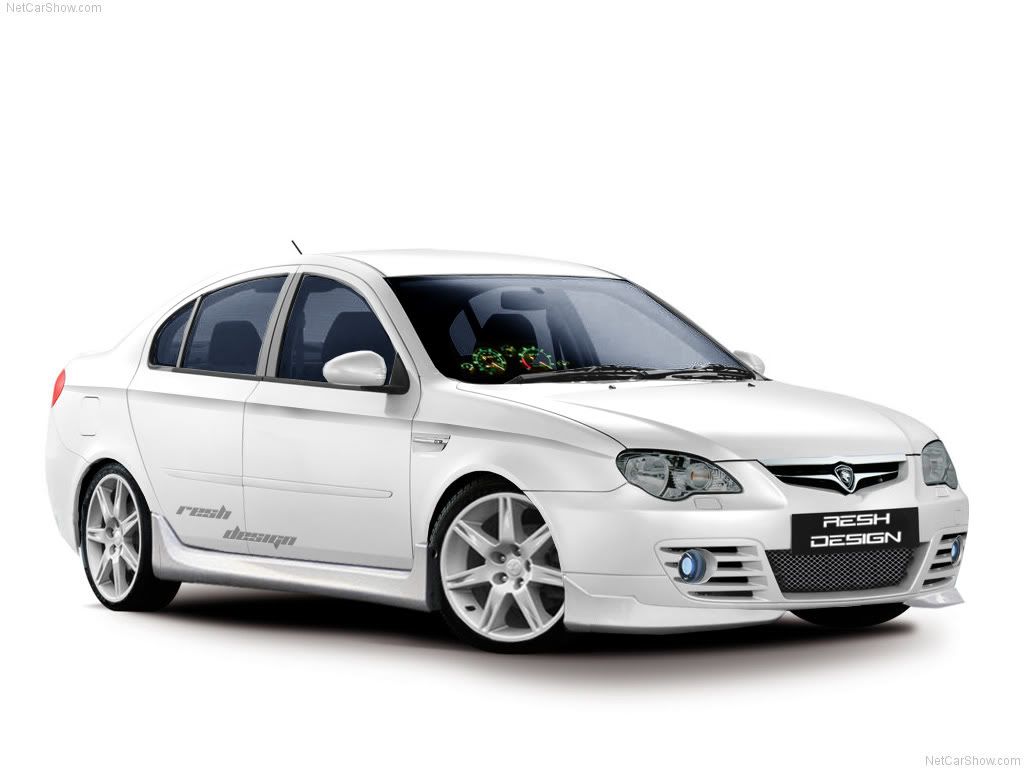All Campro engines incorporate drive-by-wire technology (specifically electronic throttle control) for better response, eliminating the need for friction-generating mechanical linkages and cables.

Proton GEN-2 Persona (2008)

Proton GEN-2 Persona (2008)
The basic Campro engine coded as S4PH is a basic DOHC 16-valve 1.6 L engine that produces 110 bhp (82 kW) @ 6,000 rpm of power and 148 N·m (109 ft·lbf) of torque. This is the engine that powers the Proton Gen-2. The S4PH engine can be fitted with Cam Profile Switching (CPS) and Variable Inlet Manifold (VIM) technology. Besides this 1.6 Litre engine, Proton has produced the 1.3 Litre version of the Campro engine.

Proton GEN-2 Persona 2008
Een though the S4PH engine seems to be quite powerful at higher revs, its performance is reportedly sluggish at lower revs and this is proven by driving the Gen-2 uphill where drivers who drive the manual transmission version have to shift a lot between 2nd gear and 3rd gear. This is due to its torque dip in the crucial 2,000 ~ 3,000 rpm operating range, where the torque actually decreases before picking up back to the maximum torque at 4,000 rpm. This torque characteristic can be clearly seen in manufacturer published engine performance curves.

Proton GEN-2 Persona (2008)
Another engine option for the basic DOHC engine is a 1.3L engine coded as S4PE. The S4PE engine produces 94 bhp (70 kW) @ 6,000 rpm and the torque of 120 N·m (89 ft·lbf) @ 4,000 rpm, which is more powerful than the other 1.3L rivals, even with variable valve timing technology, it also (like its bigger brother) displays a torque dip at typical engine speeds of 2,000 to 3,000 rpm.

Proton GEN 2 Persona 2008

Proton GEN 2 Persona 2008 05
The Campro CPS engine uses a variable valve lift system (Cam Profile Switching system) and a variable length intake manifold (VIM; not to be confused with the stand-alone IAFM used in the 2008 Proton Saga) to boost maximum power and improve the CPS engine's torque curve over the standard DOHC Campro engine.

Proton GEN 2 Persona 2008 Pictures 06 - DriveTheCars.net

Proton GEN-2 Persona, 2008

Proton Gen 2 Persona
The engine's Variable-length Intake Manifold (VIM) switches between a long intake manifold at low engine speeds and a short intake manifold at higher engine speeds. Proton is using a longer intake manifold to achieve slower air flow; as they found this promotes better mixing with fuel. The short intake manifold allows more air in faster. This is beneficial at high RPMs.

Proton GEN-2 Persona, 2008

2008 Proton Gen-2 picture,
The Cam Profile Switching (CPS) system uses a trilobite camshaft to switch between two different cam profiles. One cam profile provides low valve lift, while the other cam profile has a high valve lift. The low valve lift cam profile is used at low to mid engine speeds to maintain idling quality and reduce emissions, while the high lift cam profile is used when the engine is spinning at mid to high engine speeds improve peak horsepower and torque. Unlike the other similar variable valve timing systems such as the Honda VTEC, the Toyota VVT-i and the Mitsubishi MIVEC which use rocker arm locking pins to change the valve timing, the CPS system uses direct-acting tappets with locking pins to change the valve timing and lift profile.

Proton Gen-2 Persona Saloon

2008 Proton Persona picture,

Proton GEN-2 Persona

Proton GEN-2 Persona 2008

proton persona

Proton GEN-2 Persona (2008)

Proton GEN-2 Persona (2008)
The basic Campro engine coded as S4PH is a basic DOHC 16-valve 1.6 L engine that produces 110 bhp (82 kW) @ 6,000 rpm of power and 148 N·m (109 ft·lbf) of torque. This is the engine that powers the Proton Gen-2. The S4PH engine can be fitted with Cam Profile Switching (CPS) and Variable Inlet Manifold (VIM) technology. Besides this 1.6 Litre engine, Proton has produced the 1.3 Litre version of the Campro engine.

Proton GEN-2 Persona 2008
Een though the S4PH engine seems to be quite powerful at higher revs, its performance is reportedly sluggish at lower revs and this is proven by driving the Gen-2 uphill where drivers who drive the manual transmission version have to shift a lot between 2nd gear and 3rd gear. This is due to its torque dip in the crucial 2,000 ~ 3,000 rpm operating range, where the torque actually decreases before picking up back to the maximum torque at 4,000 rpm. This torque characteristic can be clearly seen in manufacturer published engine performance curves.

Proton GEN-2 Persona (2008)
Another engine option for the basic DOHC engine is a 1.3L engine coded as S4PE. The S4PE engine produces 94 bhp (70 kW) @ 6,000 rpm and the torque of 120 N·m (89 ft·lbf) @ 4,000 rpm, which is more powerful than the other 1.3L rivals, even with variable valve timing technology, it also (like its bigger brother) displays a torque dip at typical engine speeds of 2,000 to 3,000 rpm.

Proton GEN 2 Persona 2008

Proton GEN 2 Persona 2008 05
The Campro CPS engine uses a variable valve lift system (Cam Profile Switching system) and a variable length intake manifold (VIM; not to be confused with the stand-alone IAFM used in the 2008 Proton Saga) to boost maximum power and improve the CPS engine's torque curve over the standard DOHC Campro engine.

Proton GEN 2 Persona 2008 Pictures 06 - DriveTheCars.net

Proton GEN-2 Persona, 2008

Proton Gen 2 Persona
The engine's Variable-length Intake Manifold (VIM) switches between a long intake manifold at low engine speeds and a short intake manifold at higher engine speeds. Proton is using a longer intake manifold to achieve slower air flow; as they found this promotes better mixing with fuel. The short intake manifold allows more air in faster. This is beneficial at high RPMs.

Proton GEN-2 Persona, 2008

2008 Proton Gen-2 picture,
The Cam Profile Switching (CPS) system uses a trilobite camshaft to switch between two different cam profiles. One cam profile provides low valve lift, while the other cam profile has a high valve lift. The low valve lift cam profile is used at low to mid engine speeds to maintain idling quality and reduce emissions, while the high lift cam profile is used when the engine is spinning at mid to high engine speeds improve peak horsepower and torque. Unlike the other similar variable valve timing systems such as the Honda VTEC, the Toyota VVT-i and the Mitsubishi MIVEC which use rocker arm locking pins to change the valve timing, the CPS system uses direct-acting tappets with locking pins to change the valve timing and lift profile.

Proton Gen-2 Persona Saloon

2008 Proton Persona picture,

Proton GEN-2 Persona

Proton GEN-2 Persona 2008

proton persona
No comments:
Post a Comment